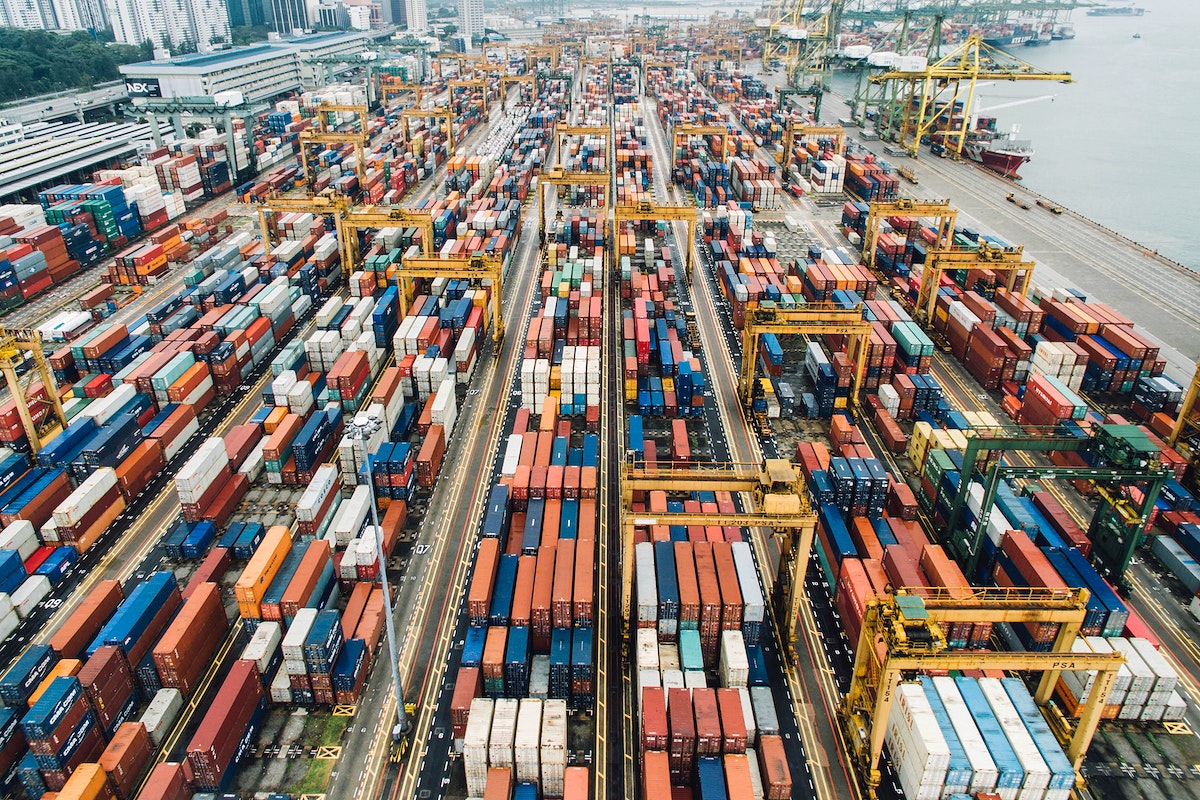Tuesday Oct, 1, 2024 thousands of dockworkers and longshoremen strike over pay and protection from automation.
If this strike goes on for more than a couple of weeks, it could cause shortages and inflation, apnews.com said.
Roughly 45,000 members of the ILA (International Longshoremen’s Association) are protesting for a new and fair contract which comes with a pay increase, better health benefits and a ban on all automation at ports.
This is affecting 36 ports stretching from Maine down to Texas. The strike is the first from the union since 1977, demanding the same thing, higher pay and assurance that new technology would not take their jobs away. The strike lasted 44 days.
A concept called “containerism,” a cheaper way to move freights, was taken up in the 1960s. This put thousands of ILA workers out of jobs. The union is trying to protect the jobs they have left as well as trying to make more available.
The U.S. Maritime Alliance (USMX), an alliance of companies that operate East and Gulf Coast ports, have offered a new contract that “would increase wages by nearly 50 percent, triple employer contributions to employee retirement plans, strengthen our health care options, and retain the current language around automation and semi-automation,” USMX said in a statement.
The impact on imports and exports could cost as much as $5 billion per day, labor and business experts told The Hill. This would significantly change the economy, especially affecting US exports.
Majority of imported cargo comes to the East Coast and Gulf ports in the US. With that being said, there will be shortages of goods that are prevented from shipping and/or an increase in prices because the goods will have to be rerouted to a port further away.
Some items that are likely to be impacted are seafood, oil, electronics, cars and auto parts, machinery parts, alcohol and bananas, according to lohud.com.
People around the country have started to bulk buy items to try and prepare for shortages from this strike. Images and videos can be seen on the internet of shelves cleared of toilet paper even though roughly 90% of American toilet paper is produced within the U.S., according to the California-based Center for Land Use Interpretation.















